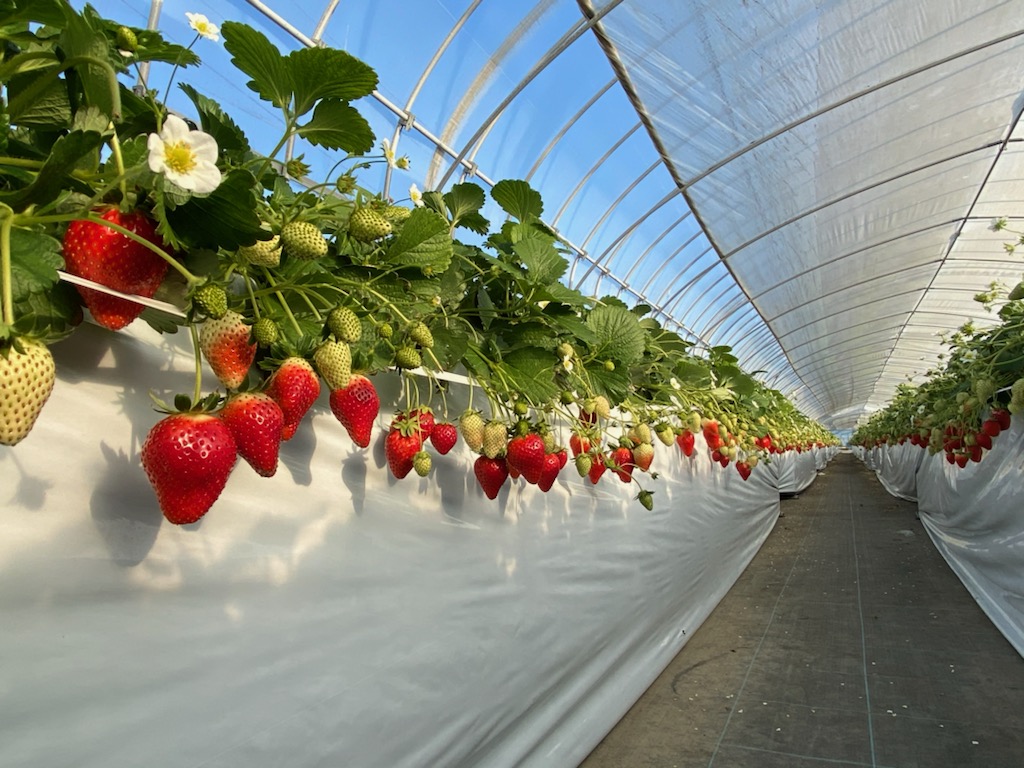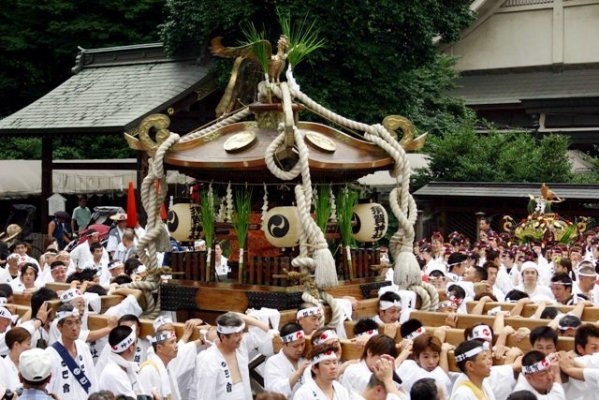Sano Agritourism Farm ‘Agritown’
See & Do Eat & Drink
We use cookies on this site to enhance your user experience. If you continue to browse, you accept the use of cookies on our site. See our cookis policy for more information.

It is said that Suga Shrine was built by a legendary samurai Fujiwara no Hidesato in A.D. 940, and moved to its present location during 1159~1160. The whole shrine is filled with a solemn and serene atmosphere.
In A.D. 1600, before the Battle of Sekigahara, Tokugawa Ieyasu held the famous “Oyama Council” at Suga Shrine and prayed for the victory of the battle. After his victory and the establishment of the Edo Shogunate, Suga Shrine was greatly honored by the Shogunate. In 1658, staff members who had participated in the construction of Nikko Toshogu Shrine, created a miniature version of the Akamikoshi in Toshogu Shrine, which became the pressure of Suga Shrine.
The most important festival of Suga Shrine is “Oyama Gion Festival”, on July 14 to 21 every year, 25 mikoshi including one massive one that weighs in at 2 tons are carried through the city.
According to “Shimotsuke Province Choreography(下野国誌)” written in Edo period, Suga Shrine’s “Gion Festival” is the “best Gion Festival in Shimotsuke Province.”
“
| Address | 栃木県小山市宮本町1-2-4 |
|---|---|
| Telephone Number | 0285-22-0253 |
| Website | http://www.sugajinja.or.jp/jinja/ |
| Date | 每年7月14日~7月21日 |
| Venue | 須賀神社(小山市宮本町1-2-4)、JR小山駅西口附近 |
| DIRECTIONS | 自JR宇都宮線小山站西口步行約5分 |
| Map Code | 74 216 036*20 |
This area boasts evocative historical buildings and townscapes, such as the Ashikaga School, known for being the oldest school in Japan, and Kura no Machi, a district where buildings from the mid-19th century, a time when the area prospered as a commercial district, still stand. At Ashikaga Flower Park, you can see 350 blooming wisteria flowers, flowing downward from above, creating a world of enchantment.